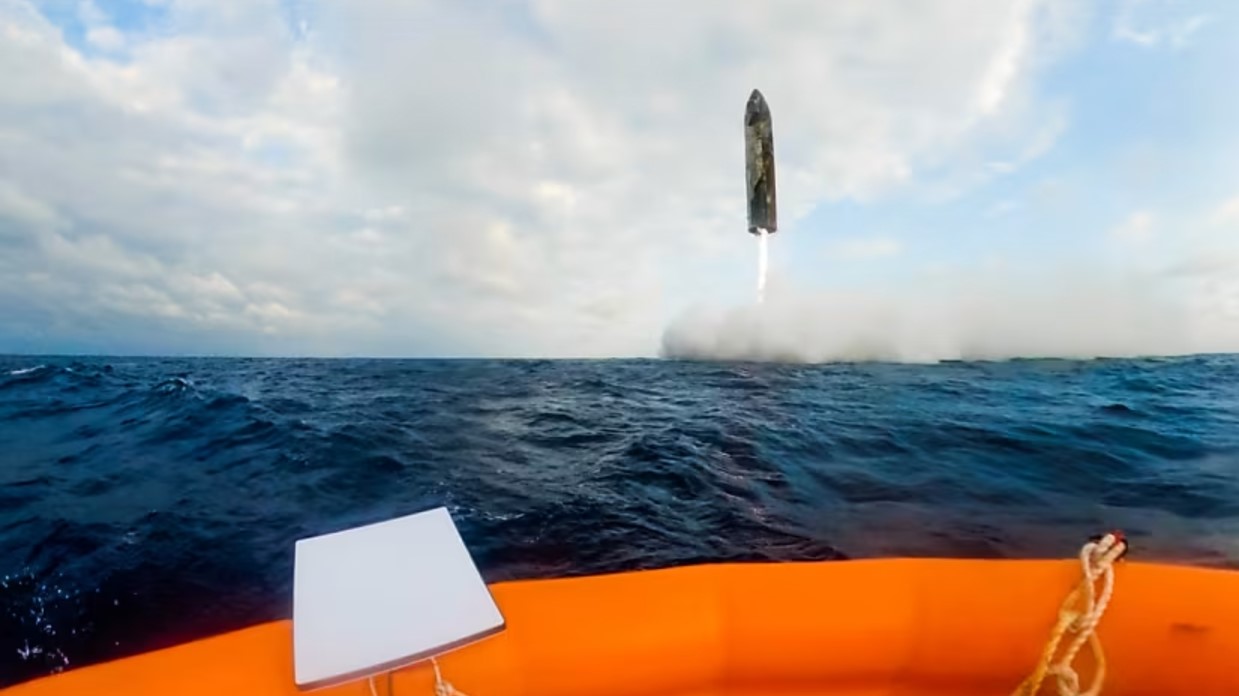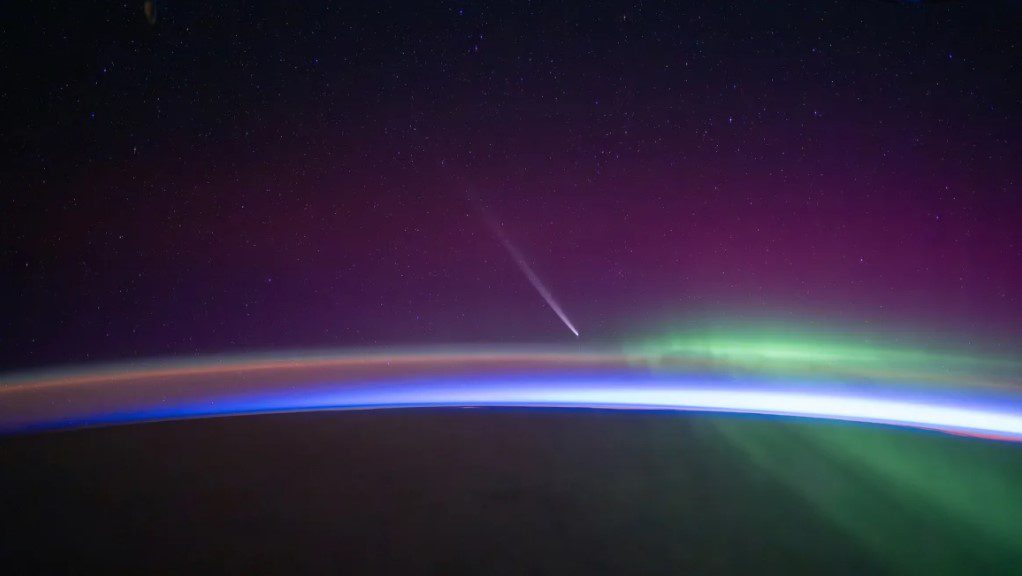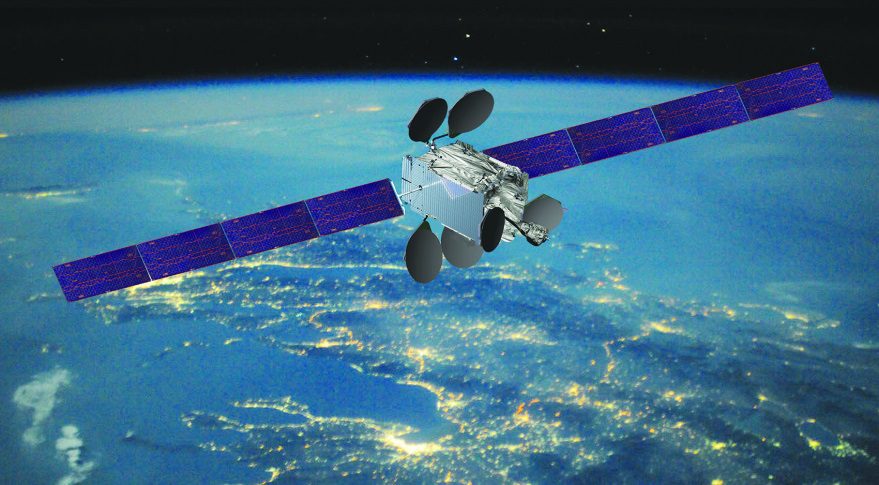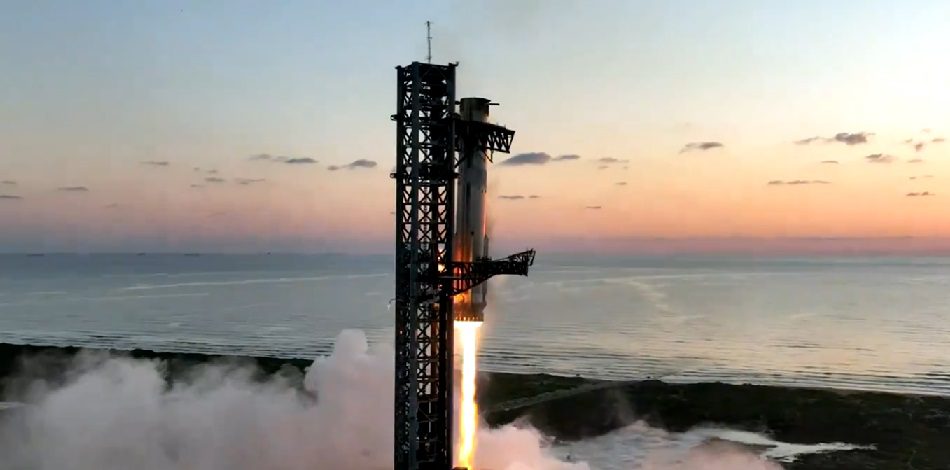At 2139 GMT on 27 May 2016, a Falcon 9FT-R rocket successfully lifted off from the Cape Canaveral launch site in Florida. On board was the commercial communications satellite Thaicom 8. The spacecraft was successfully launched into an energy efficient super-synchronous orbit 90,190 x 347 km orbit at 21.2 degrees inclination on its way to geostationary Earth orbit (GEO). Making inclination changes at the very long perigee is more energy efficient that the standard 36,000 km perigee of a “normal” geostationary transfer orbit.
The downside for this launch is that in being such a “high energy” orbit, the reusable first stage would subsequently have to make a faster than usual re-entry with a fiercer thermal and aerodynamic loading. Nevertheless, this it successfully achieved and the first stage landed on the drone barge Of course I still love you hundreds of miles down range at 8 minutes 40 seconds after the launch. SpaceX proudly released sped up footage from the on board camera showing the approach and landing – CLICK HERE.
SpaceX has yet to actually reuse one of the three stages it has so far recovered from launches, although it is in discussions with underwriters about using this hardware on “live” satellite flights. It is likely that the first reuse of these recovered stages will involve one recovered from a “lower energy” LEO flight which will have less thermal and mechanical damage to it.






